Ackee and saltfish is a beloved dish with roots deep in Caribbean cuisine, particularly Jamaican culture. Whether you’re a seasoned cook or a culinary explorer, knowing where to buy and how to store ackee and saltfish is essential for maintaining the dish’s authentic flavors.
In this guide, we’ll delve into the best sources for purchasing both fresh and canned ackee and provide detailed storage tips to ensure your ingredients remain fresh and delicious.
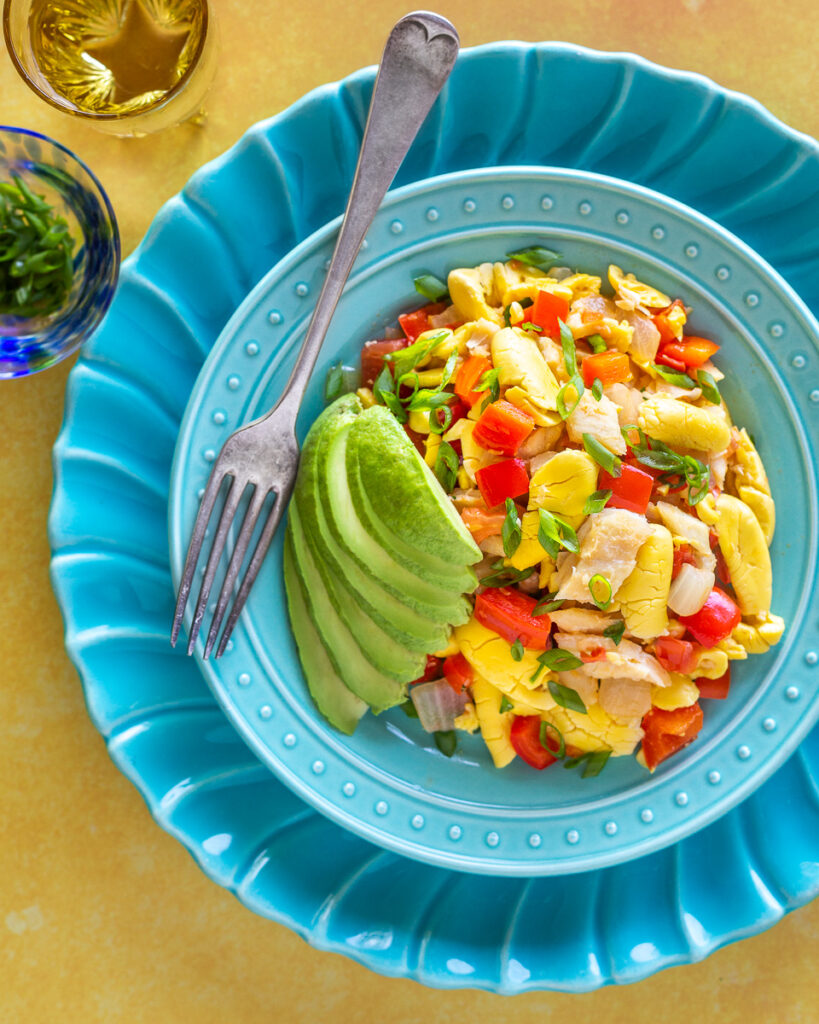
Best Places to Buy Fresh and Canned Ackee
Finding high-quality ackee, whether fresh or canned, can significantly impact the taste of your dishes. Here’s a guide to sourcing this unique fruit.
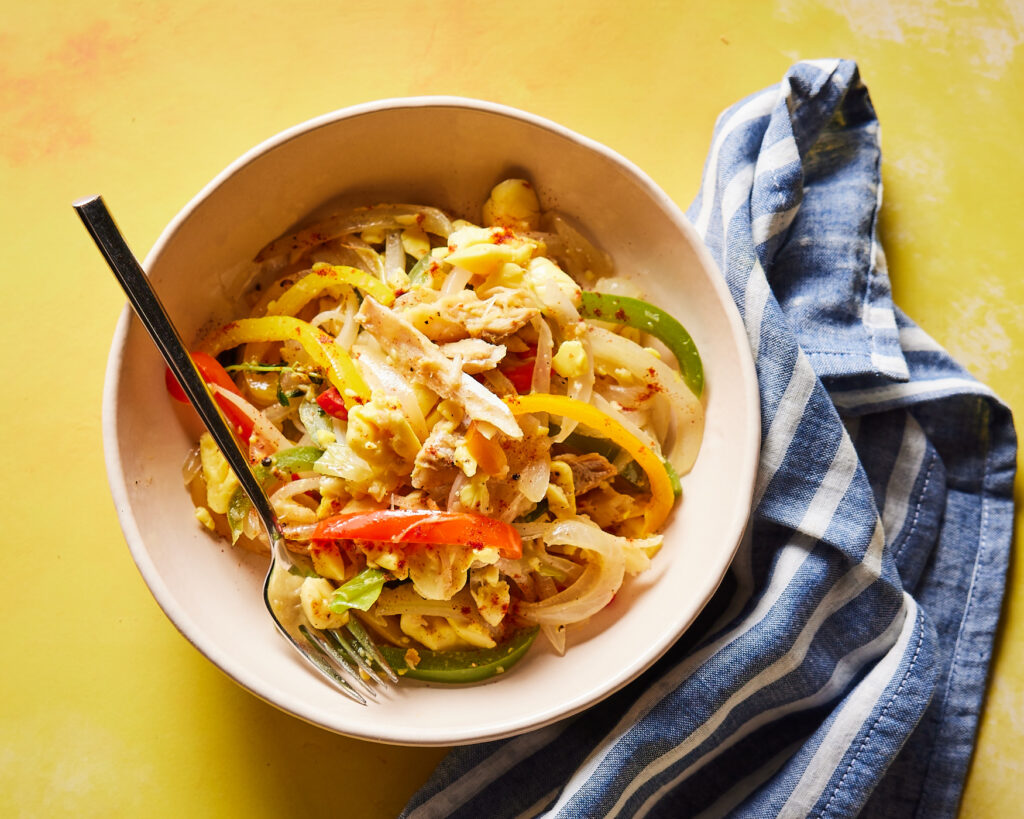
Local Markets
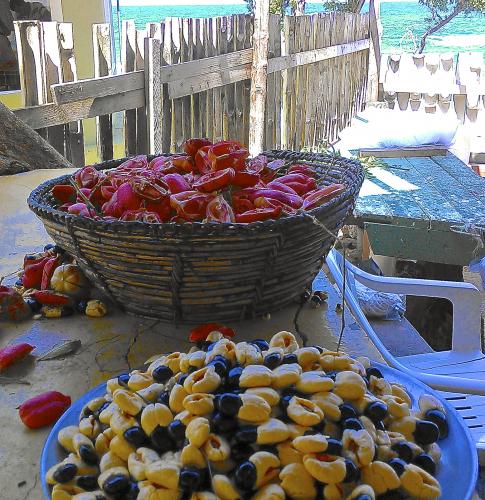
Local markets are often the best places to find fresh ackee. In areas with a significant Caribbean population, such as parts of Florida, New York, and Toronto, local markets and specialty grocery stores regularly stock fresh ackee. Shopping at these markets supports local businesses and often ensures that you’re getting fresher produce.
When buying fresh ackee, look for firm, unblemished pods. The fruit should be fully opened, indicating it’s safe to eat. Be cautious of closed or partially opened pods, as they can be toxic.
Moreover, local markets often provide an opportunity to connect with vendors who can offer tips on selecting the best ackee and even share cooking advice. These markets also carry other Caribbean ingredients, making it a one-stop shop for preparing an authentic meal.
Online Stores
For those who don’t live near markets that sell ackee, online stores are a reliable alternative. Websites like Amazon, Caribbean-focused online grocers, and specialty food retailers often carry both fresh and canned ackee. Brands like Linstead Market and Grace are popular choices for canned ackee.
When purchasing ackee online, read reviews and check the product’s origin to ensure you’re buying from reputable sources. Always check for any shipping restrictions, as ackee is a regulated product in some areas due to its potential toxicity if not properly prepared.
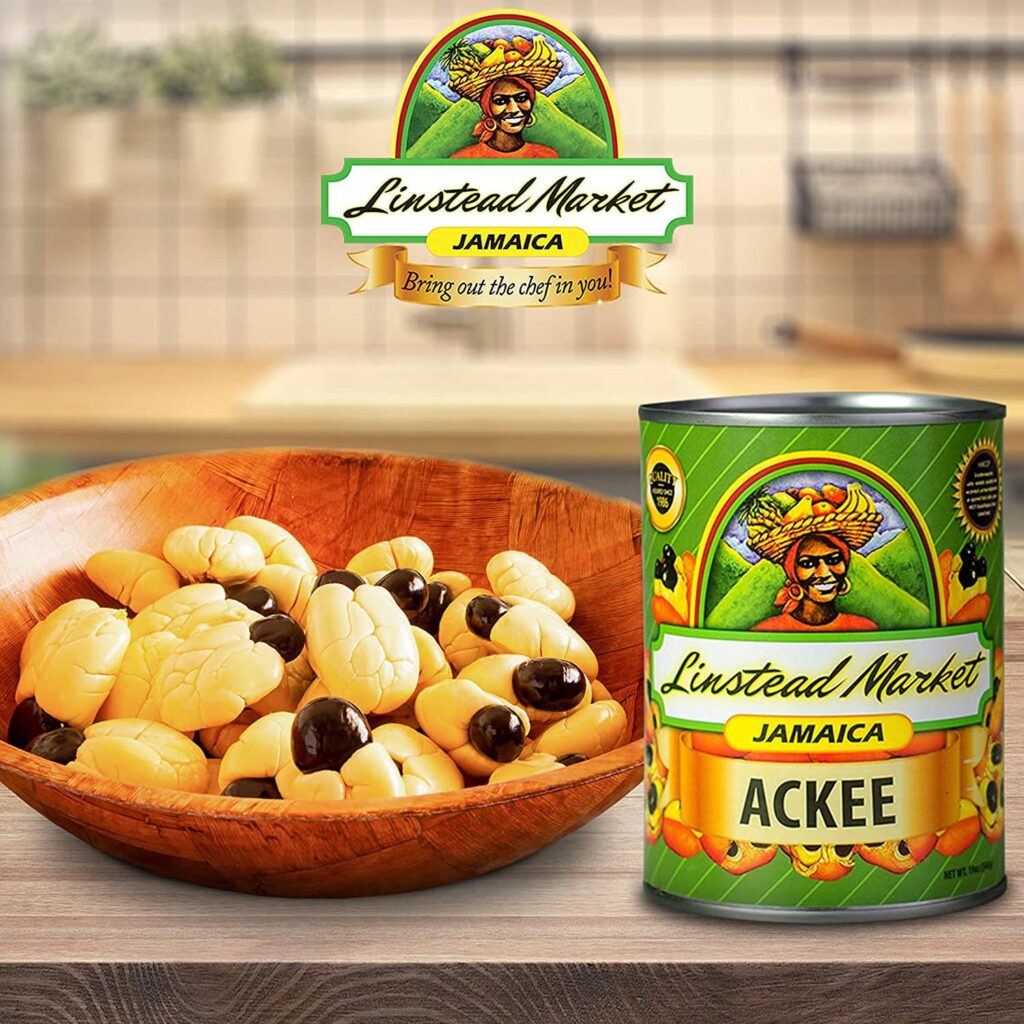
Additionally, online stores offer the convenience of home delivery, saving you time and effort. Many online retailers also provide detailed product descriptions and customer reviews, helping you make an informed decision. Subscribe to newsletters or follow these retailers on social media for updates on sales and new product arrivals.
Storing Fresh and Canned Ackee
Proper storage of ackee is crucial for maintaining its quality and safety. Here’s how to store both fresh and canned ackee effectively.
Storage Tips for Fresh Ackee
Fresh ackee requires careful handling to preserve its flavor and prevent spoilage:
- Refrigeration: Store fresh ackee in the refrigerator if you plan to use it within a few days. Place it in a breathable bag or container to allow air circulation.
- Freezing: For longer storage, blanch the ackee by boiling it for a few minutes and then immediately plunging it into ice water. Once blanched, drain and dry the ackee before placing it in airtight containers or freezer bags. Frozen ackee can last for several months.
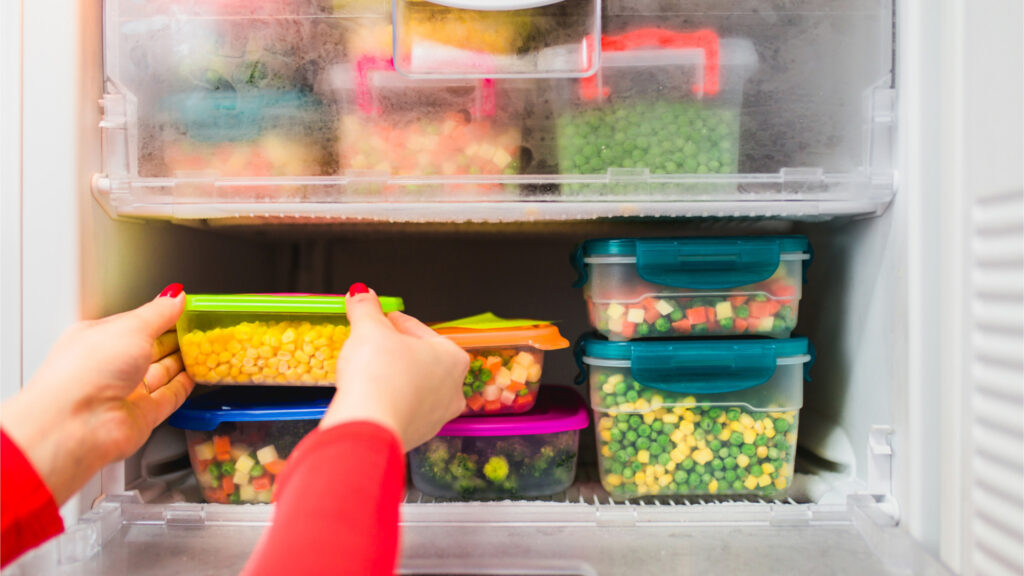
It’s important to note that fresh ackee should be consumed quickly once harvested. The fruit’s delicate nature makes it prone to spoilage if not handled properly. Always inspect the ackee before use, discarding any that appear mushy or have an off smell.
Storage Tips for Canned Ackee
Canned ackee is more convenient and has a longer shelf life than fresh ackee:
- Pantry Storage: Store unopened cans of ackee in a cool, dry place like your pantry. Avoid exposing the cans to extreme temperatures, which can compromise the seal and quality.
- After Opening: Once opened, transfer any unused ackee to an airtight container and refrigerate. Use it within 3-4 days to ensure it remains fresh and safe to eat.
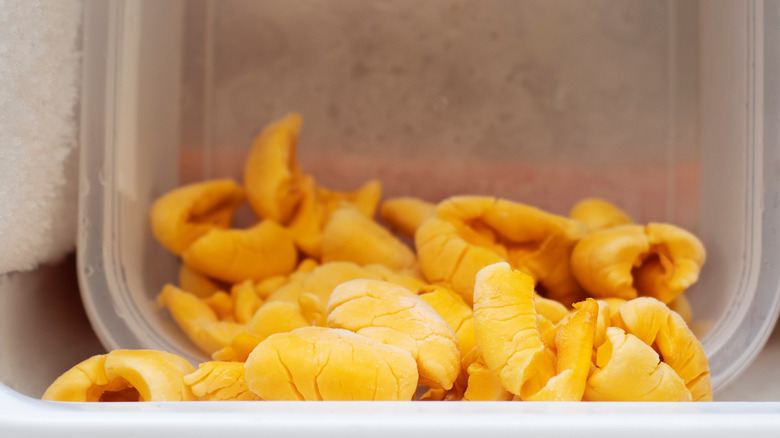
For added convenience, label the container with the date you opened the can. This practice helps you keep track of how long the ackee has been stored and ensures you consume it within the recommended timeframe.
Preserving Saltfish for Longer Shelf Life
Saltfish, or salted cod, is another key ingredient in ackee and saltfish. Proper preservation methods can extend its shelf life and maintain its quality.
Desalting and Storing Techniques
Desalting saltfish is the first step before cooking:
- Soaking: Soak the saltfish in water for 24-48 hours, changing the water several times. This process removes the excess salt and rehydrates the fish.
- Refrigeration: After desalting, store the saltfish in the refrigerator if you plan to use it within a few days. Place it in an airtight container to prevent it from absorbing other odors.
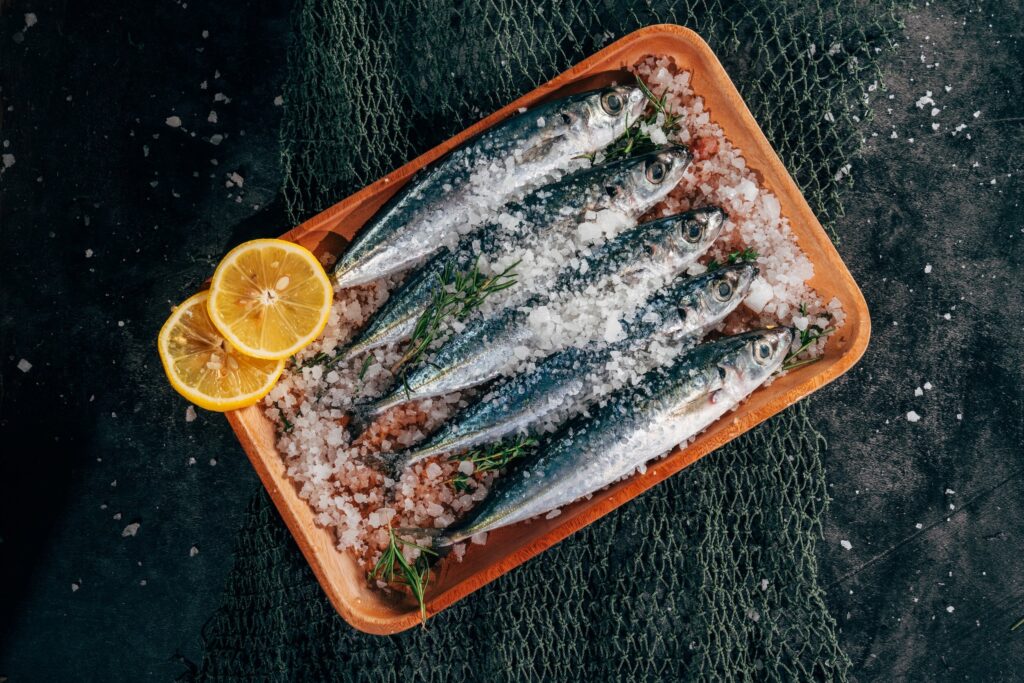
In addition to soaking, some cooks prefer to boil the saltfish briefly before soaking. This method can expedite the desalting process and further ensure the fish is ready for use.
Freezing Saltfish
For longer storage, freezing is the best option:
- Preparation: Rinse the saltfish thoroughly after desalting, then pat it dry with paper towels.
- Packaging: Wrap the saltfish tightly in plastic wrap or aluminum foil, then place it in a freezer bag or airtight container. Label the package with the date to keep track of its storage time.
- Freezing: Store the saltfish in the freezer, where it can last for several months. Thaw it in the refrigerator before use to maintain its texture and flavor.
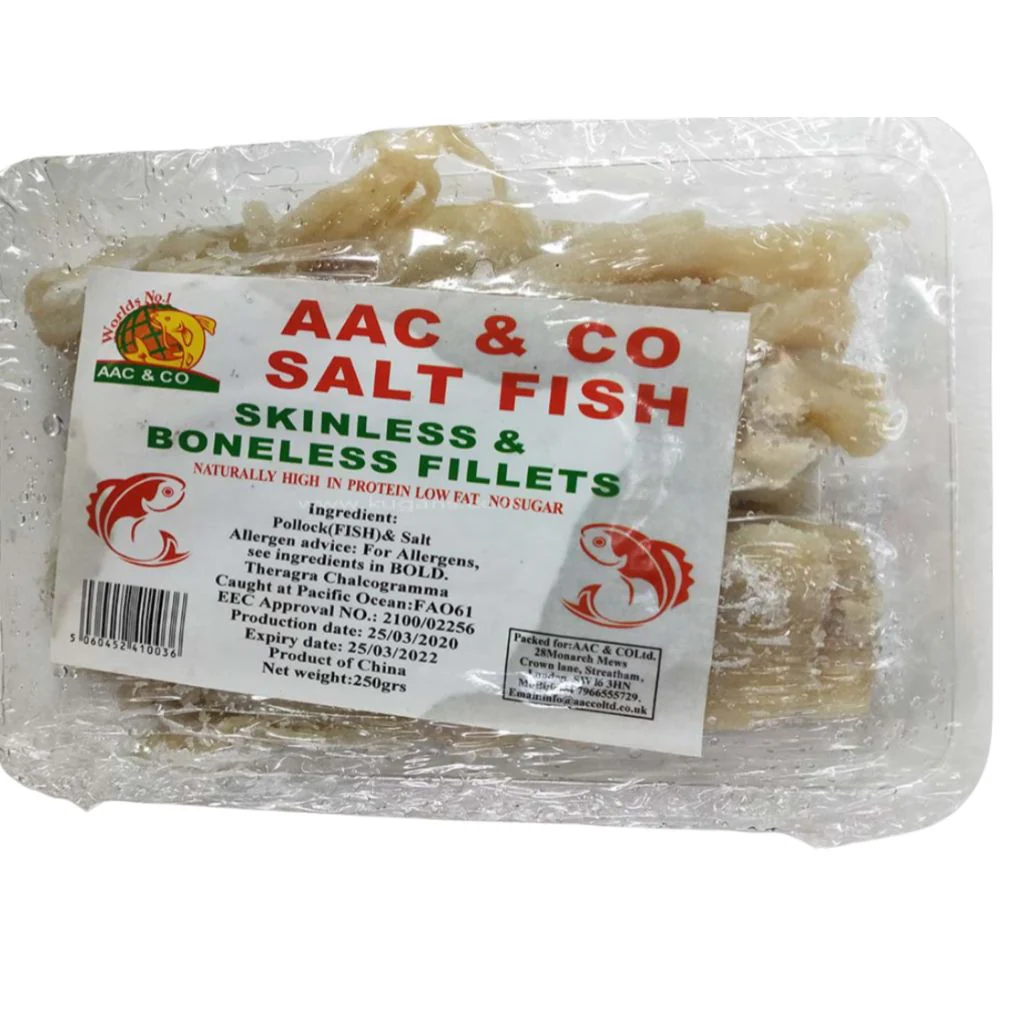
Freezing saltfish is particularly useful for bulk purchases. By dividing the fish into portion-sized packages, you can thaw only what you need for a meal, reducing waste and preserving the rest for future use.
FAQs
Conclusion
Knowing where to buy and how to store ackee and saltfish is essential for any food enthusiast looking to explore Caribbean cuisine. By following these tips, you can ensure that your ingredients are fresh and flavorful, ready to be transformed into a delicious ackee and saltfish dish. Whether you’re sourcing your ingredients from local markets or online stores, proper storage techniques will help you maintain their quality and enjoy the authentic taste of this beloved Caribbean dish.
Disclosure: Our blog contains affiliate links to products. We may receive a commission for purchases made through these links. However, this does not impact our reviews and comparisons. We try our best to keep things fair and balanced, in order to help you make the best choice for you.

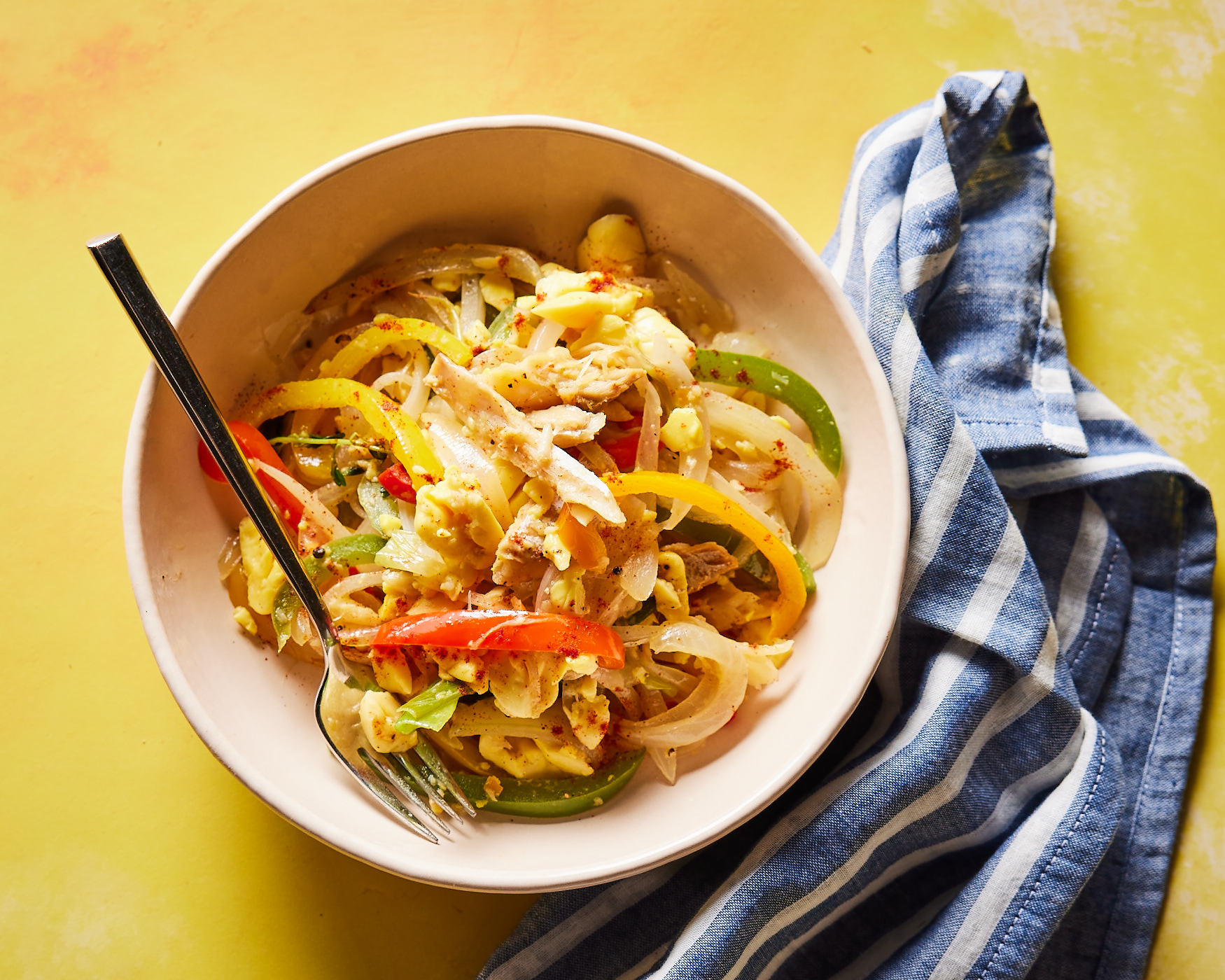




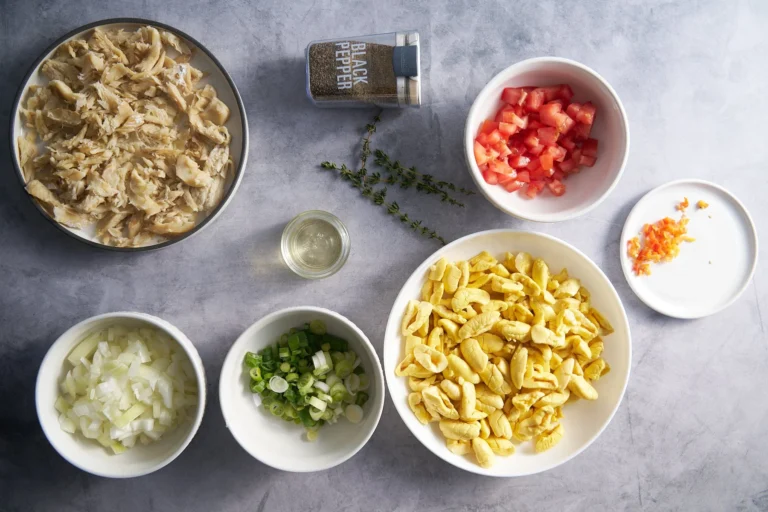
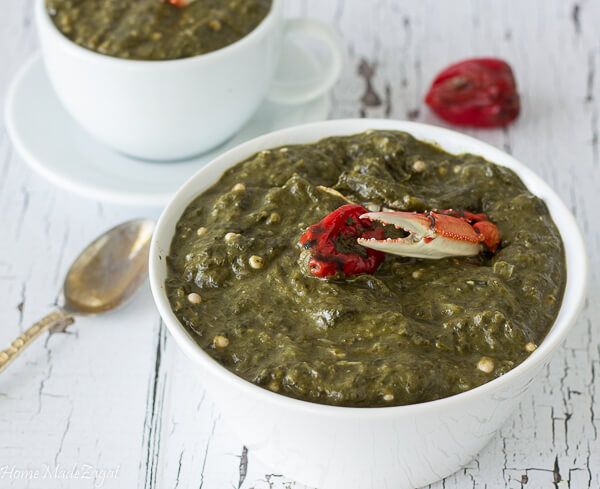
One Comment